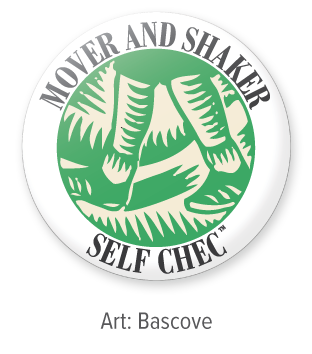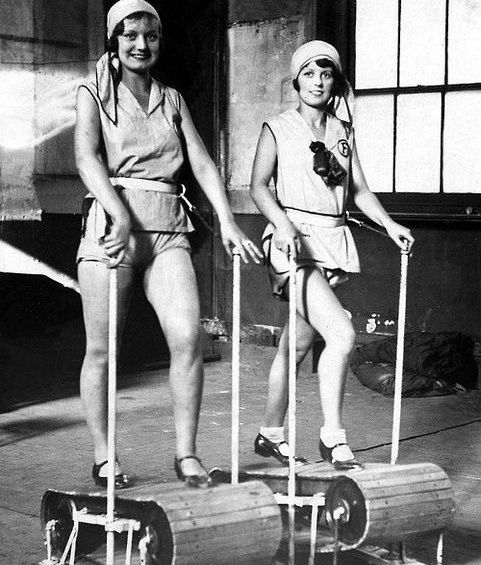Choosing The Best Exercises
Each Type Of Exercise
Below Serves A Different Purpose
Aerobic Exercise
Also called “cardio” because it works (and benefits) your cardiovascular system, boosting heart health.
Examples of increasing amounts of aerobic exercises:
- Brisk walking at about 3 mph
- Water aerobics
- Cycling under 10 mph
- Doubles tennis
- Dancing
- Light gardening
Examples of vigorous-intensity exercise:
- Race walking, running or walking uphill
- Swimming laps
- Cycling at 10 mph or faster
- Singles tennis
- Aerobic dancing
- Jumping rope
- Heavy continuous gardening
Resistance Training
Also called weight training and strength training, increases muscle mass to help improve strength. This makes it easier to do everyday tasks.
Resistance training becomes more important as you get older—adults lose about a half-pound of muscle mass each year after age 25.
Examples of resistance training:
- Doing push-ups, pull-ups, crunches and squats.
- Pulling lightweight resistance bands, or lengths of stretchy material that provide different amounts of resistance.
- Lifting any kind of weights, from empty jugs filled with water or sand to standard barbells and dumbbells.
- Using exercise machines, either at a gym or at home, that offer resistance for specific muscle groups.
Always warm up your muscles before resistance training with at least 5-to-10 minutes of light aerobics such as easy walking.
Stretching & Flexibility
These exercises will improve your range of motion and reduce the risk of muscle injury and soreness. They help make your muscles longer and more limber. Short, tight muscles risk being overstretched and injured.
Balance Exercises
Will help prevent falls, and are especially important as you age. Exercises that strengthen the muscles in the legs, hips and lower back often help with balance.
Stretch every day. Always stretch after aerobic exercise and resistance training, when your muscles are warmed up from the workout.
Also stretch on any non-workout days: Warm up with light activity and then stretch. Stretching cold muscles isn’t effective and can lead to injury.
Resource: Harvard/HelpGuide.org
Learn More About How Exercise Impacts Your Health










